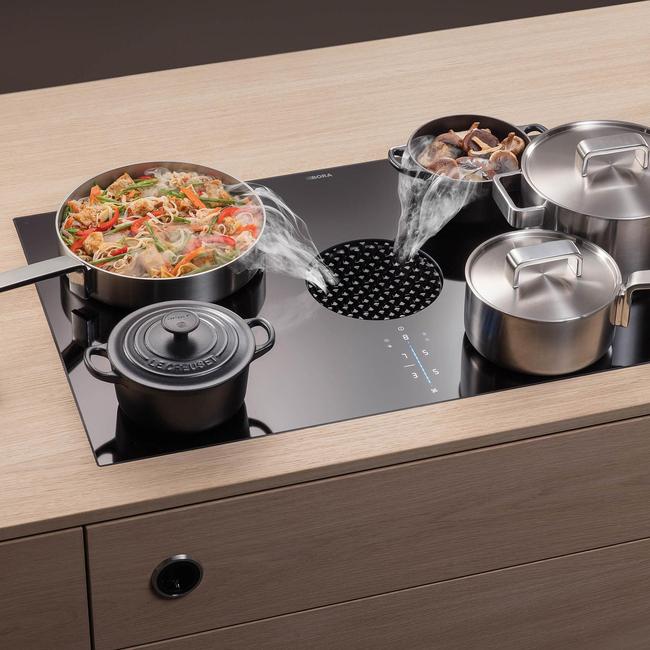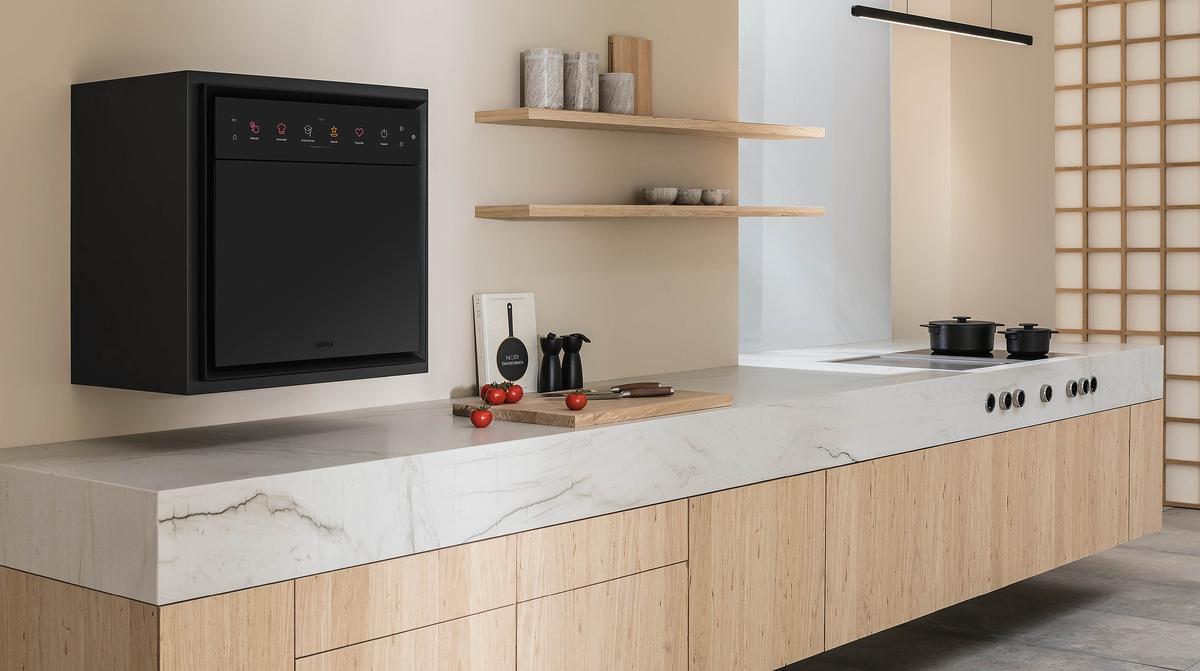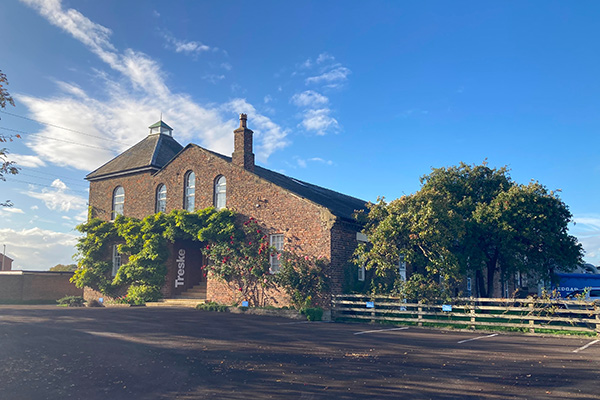A closer look at
Downdraught Extractor Induction Hobs
We take a closer look at why so many of our clients are opting for downdraught extractor induction hobs - it's a pretty compelling set of pros as far as we see it.

Why have a Downdraught Extractor Induction Hob?
Many new kitchens consider downdraught extractor induction hobs for their ease of use, cleanliness, and performance, as well as giving extraordinary flexibility in the design of the kitchen. However, one of the main reasons for choosing is the amazing reduction in extractor noise. A downdraught induction hob is a combination of an induction hob and downdraught extractor with the ability to cook with instant heat and operate safely.

High Efficiency, Lower Costs, and Environmental Care
Efficiency and environment are considered together when choosing a downdraught extractor induction hob.
The induction hob is becoming an essential part of a kitchen with the gradual reduction in and increasing cost of gas. Whereas gas only transmits about 65% of its energy into the pan for cooking – the rest is lost to the atmosphere, an induction hob heats only the pan generating about a 90% efficiency. Furthermore, like gas the speed of induction heating is absolute – heat can be turned up or down to suit with instant results, but without the impurities of gas in the kitchen atmosphere.
The location of the extractor close to the cooking surface means that at relatively low-pressure levels the downdraught extractor can draw steam away, stopping steam and vapourised fats from condensing on other surfaces. High-end downdraught extractors automatically detect volumes of steam production and adjust their extraction rate automatically. Apart from the cleaning implications, a huge benefit is the filtration achieved so that smells and fats are trapped – and all in a quiet way so that normal conversations can take place.

Cleaning and Maintenance Optimisation
Downdraught extractors catch overflow from boiling pans in a removable receptacle, with the top end models having an additional large capacity tray for real disasters that catches up to three litres. The flow of air and steam removes odours and grease particles which in a Bora extractor are trapped in the stainless-steel grease filter. The grease filter, along with any other removable parts can be easily removed and placed in a dishwasher for cleaning. With the Bora further odour filters are an annual maintenance change to do, but because they are easy to remove, they are!
Noise Reduction
Noise from extractors largely comes from the ducting to remove the air and not the extractor fan. Downdraught extractors such as the Bora are quiet because the ducting is specifically designed to minimise the noise with smooth curves and ducting appropriate to the volume of extraction required. This has a dramatic effect to the extent that conversations can be normal not forced.

Freedom for Kitchen Design
Downdraught extractor induction hobs give great flexibility in kitchen design options – canopies containing extractors are no longer needed giving more wall space or (especially with no rising steam) no visual barrier of an extractor over an island positioning of a cooker – all while allowing a cook to talk to friends normally while cooking. Although requiring space under the induction hob for the extractor unit and ducting this is often less than is required by traditional extraction, saving space in the design while optimising kitchen design options. Options for complete extraction or for recirculating air help complete the mix.



